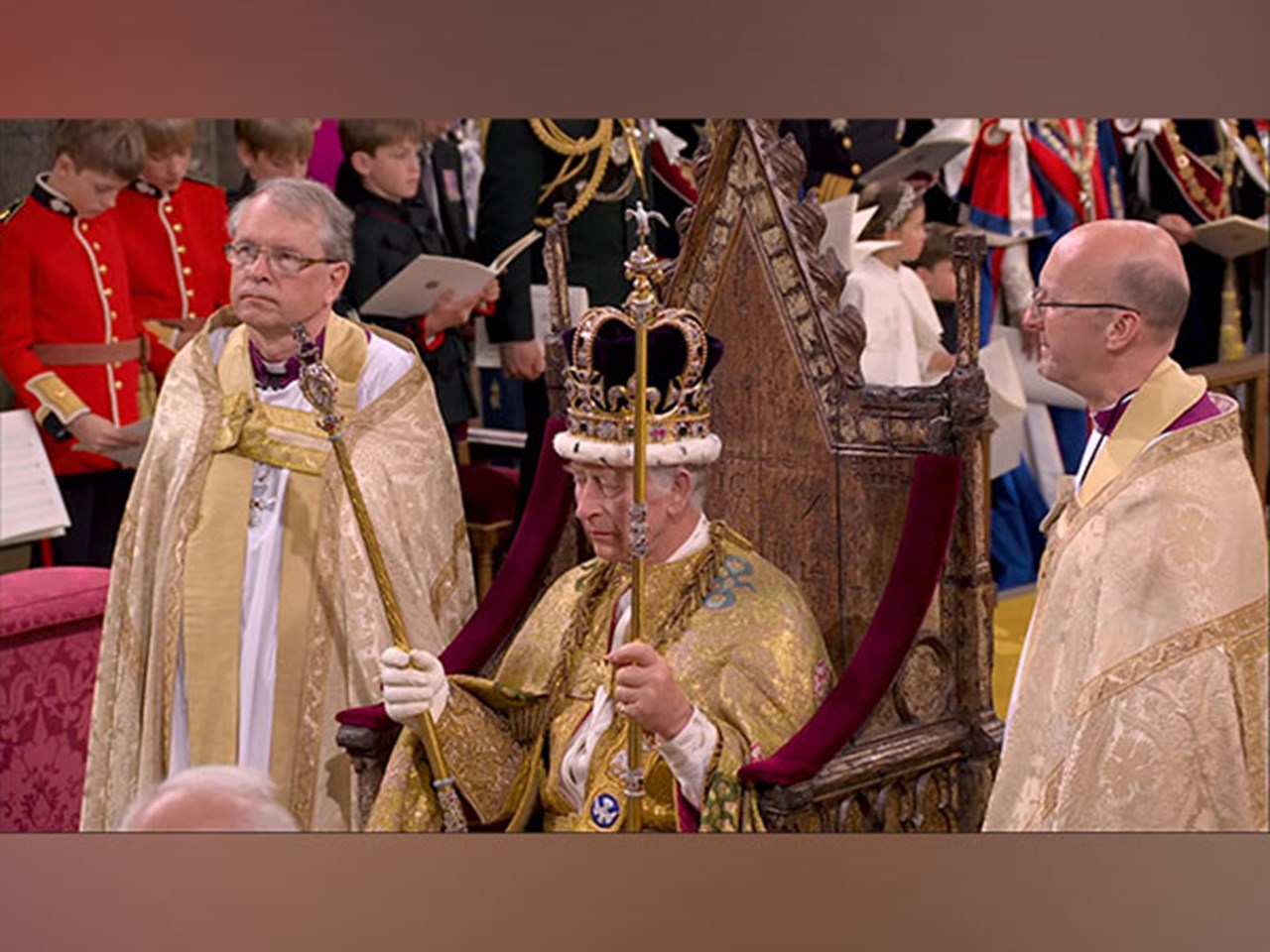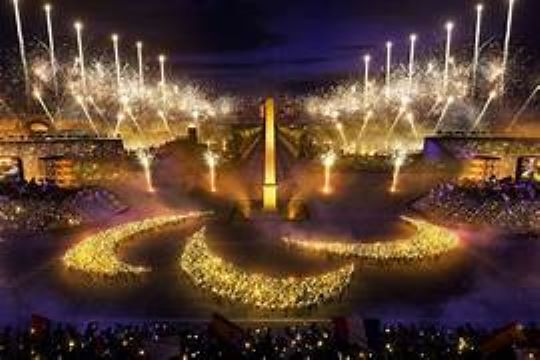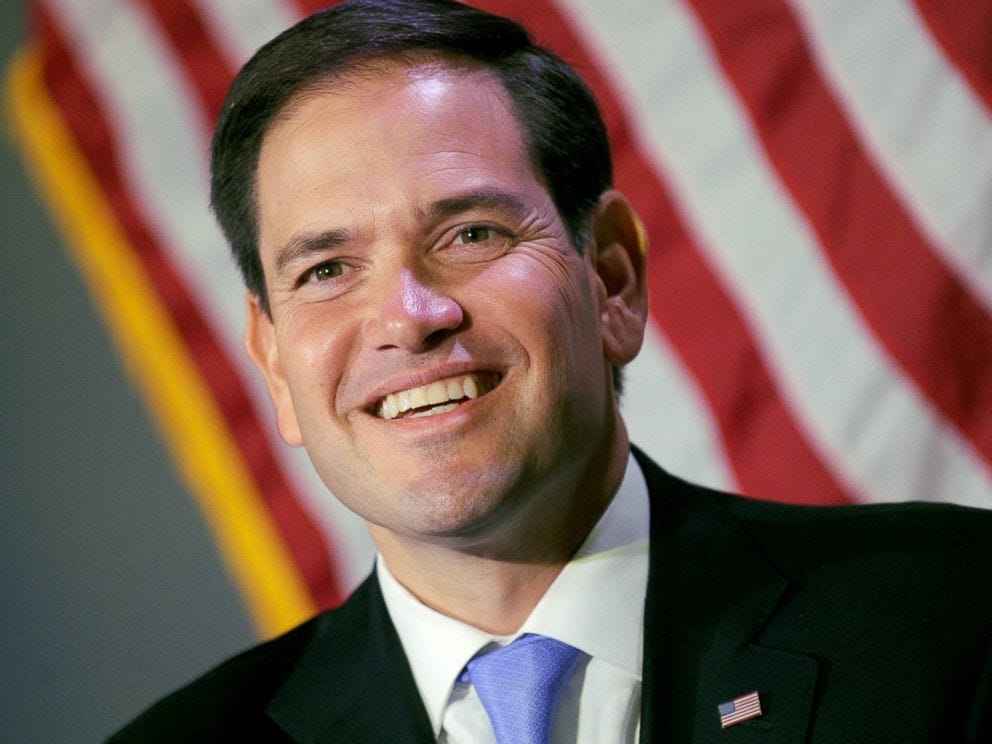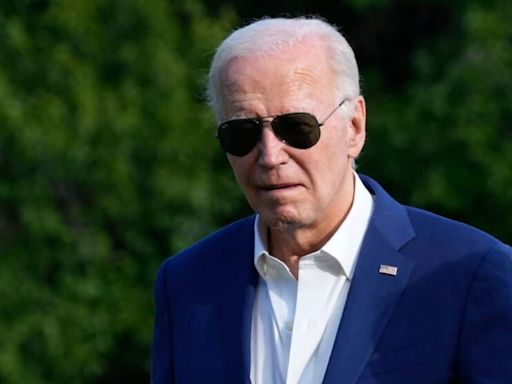King Charles III crowned UK’s new monarch in ceremony steeped in history, multi-faith touch

London: King Charles III was officially crowned as the 40th King of the United Kingdom at a ceremony steeped in history with modern multi-faith touches amid pomp, pageantry and choir music inside the iconic Westminster Abbey here on a rainy Saturday, reminiscent of the Coronation of his late mother, Queen Elizabeth II, 70 years ago.
The 74-year-old new monarch was formally enthroned with a 360-year-old jewel-encrusted St. Edward’s Crown accompanied by chants of “God Save the King”, church bells and trumpets.
The King and Queen Camilla then made their customary appearance at the iconic balcony of Buckingham Palace in London joined by the Prince and Princess Wales, William and Kate, and a slimmed-down selection of frontline royals who waved to the hundreds who had braved the rain for hours to get a glimpse of the newly anointed royals.
A lengthy Royal Air Force (RAF) flypast planned as the grand finale of the historic Coronation was cut short to a more compact display due to the wet weather, ending with the gathered military band playing out the UK’s national anthem amid cheers from the crowd.
It came at the end of a solemn two-hour religious ceremony that dates back almost a thousand years, which began with Charles taking an oath of service before the Archbishop of Canterbury opened the service, which included a reading by Britain’s Hindu Prime Minister Rishi Sunak.
Part of the sacred ceremony involved Charles and Camilla being symbolically re-married in the eyes of God to take on the oath of service together.
“The ring ‘marries’ Consort to King, and them both to God in duty and to the People in loving service, and in turn acts as an assurance of God’s unfailing love,” the official Liturgy of the ceremony said.
The Throne Chairs used were the same used during the enthroning of King George VI and Queen Elizabeth in May 1937, another rainy day in Britain.
Westminster Abbey has been the site of every British Coronation since that of William The Conqueror in 1066 and King Charles III and his wife, Queen Camilla, followed in the footsteps of this grand tradition in a service themed “Called to Serve”.
Faith leaders and representatives of the Hindu, Sikh, Muslim, Buddhist and Jewish communities processed through the Abbey ahead of the service and House of Lords peers of Indian heritage handed over key regalia to the monarch during the ceremony.
Following a regal procession riding in the Diamond Jubilee State Coach bearing a gilded crown, the King and Queen made their way to the Abbey from Buckingham Palace, accompanied by military personnel on foot and on horseback.
The streets of central London were lined with thousands of well-wishers waving flags, alongside some groups of protesters who campaign for the abolition of the monarchy and have organised #NotMyKing protests at Trafalgar Square. There were some reports of arrests of protesters as they allegedly tried to disrupt the procession.
Once at the Abbey, the King was greeted by a congregation of around 2,200 – made up of heads of state and government, worldwide royalty as well as community champions.
Vice-President Jagdeep Dhankhar and his wife Dr Sudesh Dhankhar represented India on the historic occasion and were seated alongside other Commonwealth Heads of State.
“The crowning of the Sovereign is an ancient ceremony, rich in religious significance, history and pageantry. The service is deeply sacred and traditional, while reflecting the monarch’s role today and looking towards the future,” the palace said.
The religious ceremony was made up of five key stages: the Recognition; the Oath; the Anointing; the Investiture and Crowning; and the Enthronement and Homage.
As per royal tradition, Charles was officially crowned as King with St. Edward’s Crown the first and only time he will wear the 17th-century crown. It was recently removed from the Tower of London to be resized for the King ahead of the monumental service.
Queen Camilla wore Queen Mary’s crown, which was designed for the coronation of June 1911 when it contained three large diamonds, including the controversial Kohinoor which was later replaced by crystal replicas. The modern version designed for 75-year-old Camilla is minus the Kohinoor and made of a silver frame, lined with gold, and set with 2,200 diamonds, mainly brilliant-cut with some rose-cut.
While she was “anointed” with holy oil in full public view, Charles was anointed behind a cloth screen depicting a central design of a tree with branches filled with 56 leaves representing the Commonwealth of nations – including one of the leaves dedicated to India.
The holy Chrism oil consecrated at the Church of the Holy Sepulchre in Jerusalem was symbolically touched to the monarch’s head, chest and hands as part of the religious ceremony.
Among others of Indian heritage at the Abbey was Bansari Ruparelia, a British Empire Medal (BEM) winner in recognition of her services to the community.
“Working on a volunteer basis, she provides support and care to people experiencing social isolation, an issue which she believes has become more widely acknowledged and recognised in the aftermath of the COVID-19 pandemic,” the palace said.
Another BEM winner, British Indian chef Manju Malhi, joined the likes of Sourabh Phadke, a graduate of the Prince’s Foundation – set up in Dumfries House, Scotland, by Charles as the Prince of Wales with a vision to provide holistic solutions to challenges facing the world. Gulfsha, winner of the Prince’s Trust Global Award and Indian-origin Jay Patel of Prince’s Trust Canada were also among the selected invitees.
The newly crowned King and Queen made their way to another waiting horse-drawn historic Gold State Coach, last seen during the Pageant of the Platinum Jubilee of Queen Elizabeth II in June 2022 and used at every Coronation since that of William IV in 1831.




